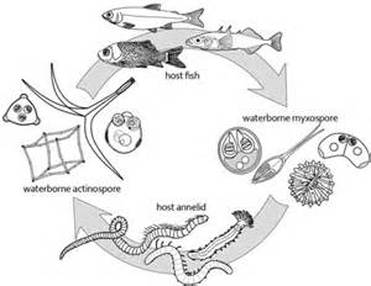
Marine creatures look weird. We know what a fish looks like, and some people have seen a sea star, but some animals like the giant squid are 30 feet long and so elusive we have only caught them on video two or three times. Animals come in all different shapes, sizes and colors and each species has its own feeding behaviors and habitat they call home. Typically we categorize animals based on their morphology, if two creatures look similar they are probably related. But this doesn’t always work, if a creature has no features how can you determine who are its closest relatives?
We still don’t know very much about a lot of animals, for instance myxozoans are one creature in particular that has confused scientists for a long time. The name myxozoan is a combination of Greek words that mean slime animal! You have probably never heard of myxozoans because they are very small parasites that infect worms and fish in freshwater and marine habitats. These tiny parasites have confused scientists because there are very few morphological features to compare them to other types of life. A recent paper by Chang et al. uses advanced genetic techniques to show that myxozoans are a type of cnidarian, a phylum that includes jellyfish, anemones and corals.
So scientists found a creature that is slimy and related to jellyfish…who cares? Well probably the most exciting result of this paper is that these simple parasites have a very reduced genome, meaning they have lost many of the genes that are common to all animals between jellyfish and humans. A human genome consists of approximately 20,000 genes that are the basic blueprint for building a human. These genes are made up of strands of DNA that code for the material that runs every function in our body, and for the most part all animal genomes are made up of a very similar set of genes. Even though we look nothing like jellyfish we share 60% of the same genes with them.
We still don’t know very much about a lot of animals, for instance myxozoans are one creature in particular that has confused scientists for a long time. The name myxozoan is a combination of Greek words that mean slime animal! You have probably never heard of myxozoans because they are very small parasites that infect worms and fish in freshwater and marine habitats. These tiny parasites have confused scientists because there are very few morphological features to compare them to other types of life. A recent paper by Chang et al. uses advanced genetic techniques to show that myxozoans are a type of cnidarian, a phylum that includes jellyfish, anemones and corals.
So scientists found a creature that is slimy and related to jellyfish…who cares? Well probably the most exciting result of this paper is that these simple parasites have a very reduced genome, meaning they have lost many of the genes that are common to all animals between jellyfish and humans. A human genome consists of approximately 20,000 genes that are the basic blueprint for building a human. These genes are made up of strands of DNA that code for the material that runs every function in our body, and for the most part all animal genomes are made up of a very similar set of genes. Even though we look nothing like jellyfish we share 60% of the same genes with them.
There is a suite of genes that most animals share, and these serve basic functions that all animals need to survive. Think about how our body is laid out, we have limbs a trunk and a head, this body partitioning is created by a set of genes referred to as Hox genes. The genes Wnt program for cellular organization such as organs and the Sonic Hedgehog gene regulates the formation of limbs such as arms and legs as we develop from an embryo. These types of genes, the ones that are universally needed to make complex creatures are found in just about every animal. But what is exciting about myxozoans is that they have lost many of these ubiquitous genes. Humans have 20,000 coding genes and myxozoans only have 5,500. By reducing their size and complexity they can survive with a much smaller genome than even their most close relation, other cnidarians.
So we can start to ask some fundamental questions; what are the genes that are necessary for survival? The authors compared the gene functions to other cnidarians and found that the myxozoans had less genes for development, cell differentiation to make different tissues and cell to cell communication. This all makes sense, with less types of tissues to make and less cells in the body to communicate the myxozoans can survive even when these functions are removed from the genome. Basic genes that build complex body plans including HOX and Wnt and Hedgehog were all missing in the myxozoan genome.
This is really exciting; we are just beginning to understand what genes are absolutely necessary for complex life. Even more amazing is that we can sequence a genome at all! Twenty years ago it was impossible to look at the entire genome of an organism. In 2003 the first human genome took more than 10 years and 3 billion dollars to sequence. But now we can sequence a human genome for $1,000 and it takes about a week. Biology is going through a technological revolution, now we can sequence the genome of different organisms to really understand the building blocks of life even as we discover new wild and crazy creatures.
All photos from the website:
fishparasite.fs.a.u-tokyo.ac.jp
Original Article:
Chang, ES, Neuhof, M, Rubinstein, ND, Diamant A, Philippe, H, Huchon, D, Cartwright P (2015) Genomic insights into the evolutionary origin of Myxozoa within Cnidaria. Proceedings of the National Academy of Science, USA, 112:14912-14917.
So we can start to ask some fundamental questions; what are the genes that are necessary for survival? The authors compared the gene functions to other cnidarians and found that the myxozoans had less genes for development, cell differentiation to make different tissues and cell to cell communication. This all makes sense, with less types of tissues to make and less cells in the body to communicate the myxozoans can survive even when these functions are removed from the genome. Basic genes that build complex body plans including HOX and Wnt and Hedgehog were all missing in the myxozoan genome.
This is really exciting; we are just beginning to understand what genes are absolutely necessary for complex life. Even more amazing is that we can sequence a genome at all! Twenty years ago it was impossible to look at the entire genome of an organism. In 2003 the first human genome took more than 10 years and 3 billion dollars to sequence. But now we can sequence a human genome for $1,000 and it takes about a week. Biology is going through a technological revolution, now we can sequence the genome of different organisms to really understand the building blocks of life even as we discover new wild and crazy creatures.
All photos from the website:
fishparasite.fs.a.u-tokyo.ac.jp
Original Article:
Chang, ES, Neuhof, M, Rubinstein, ND, Diamant A, Philippe, H, Huchon, D, Cartwright P (2015) Genomic insights into the evolutionary origin of Myxozoa within Cnidaria. Proceedings of the National Academy of Science, USA, 112:14912-14917.
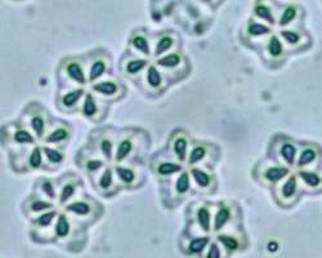
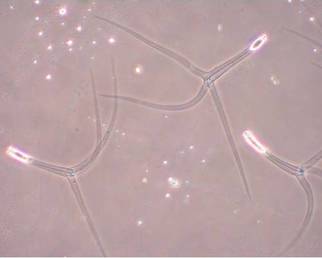
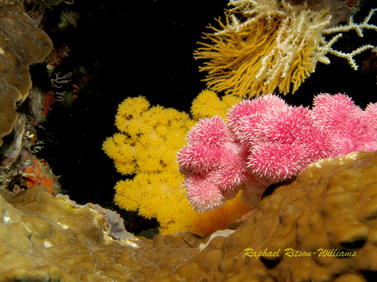

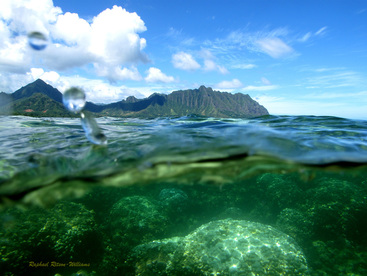
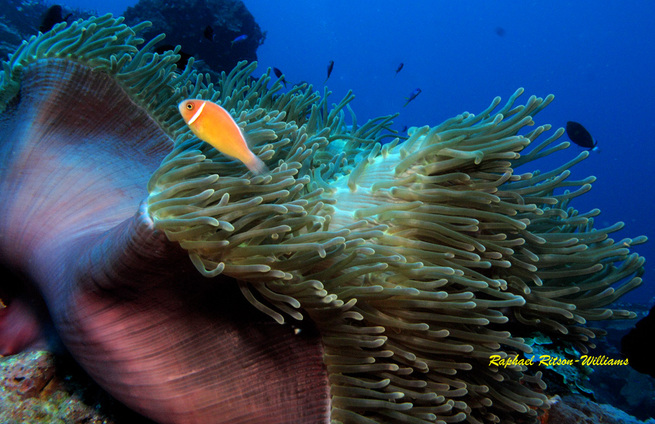

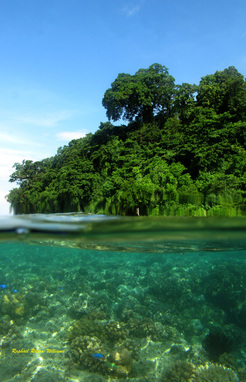

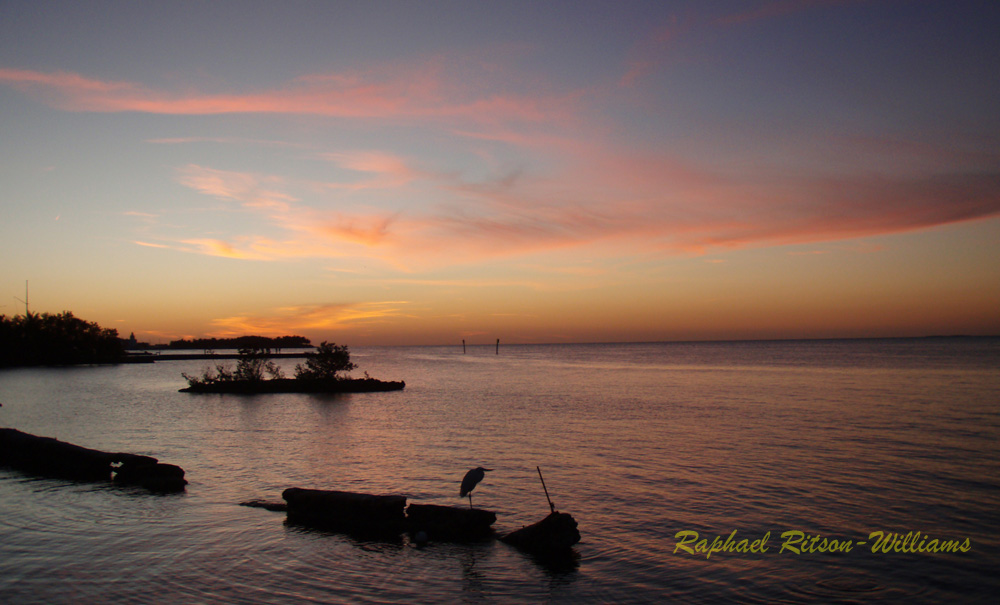
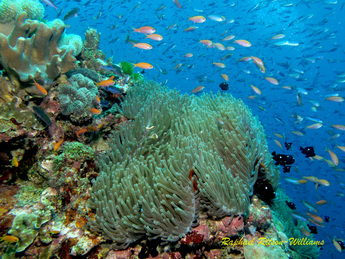
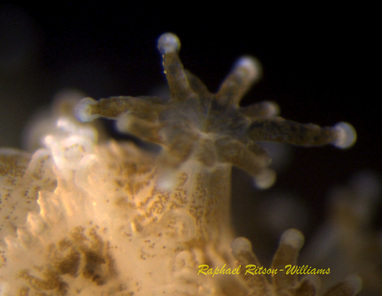
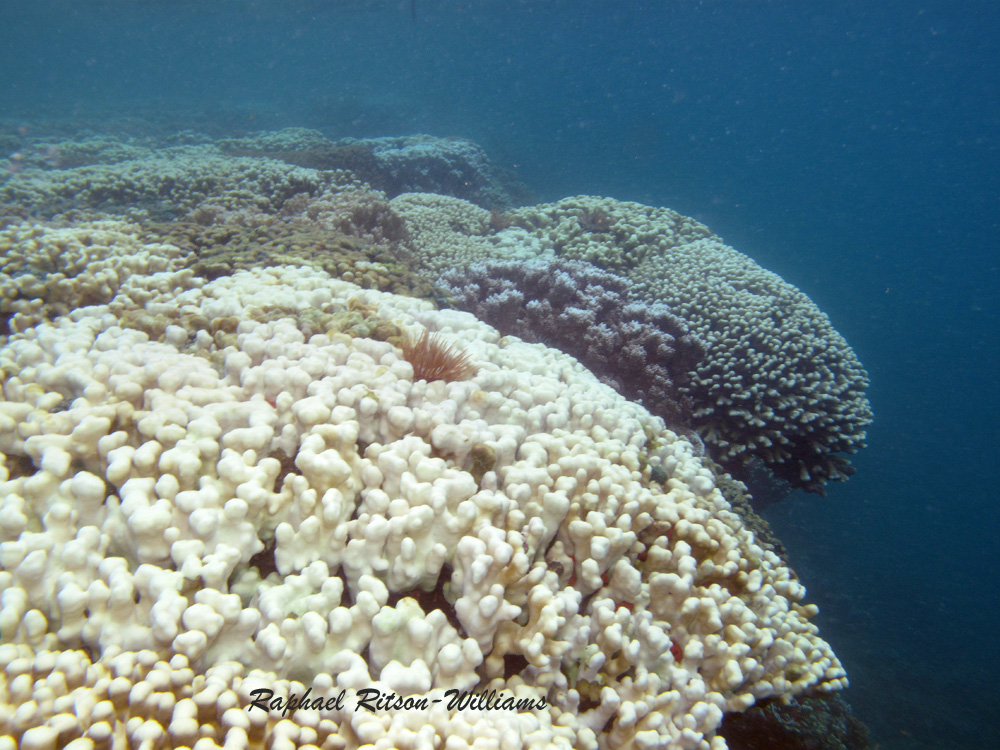
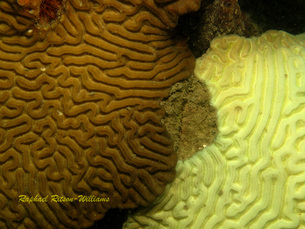
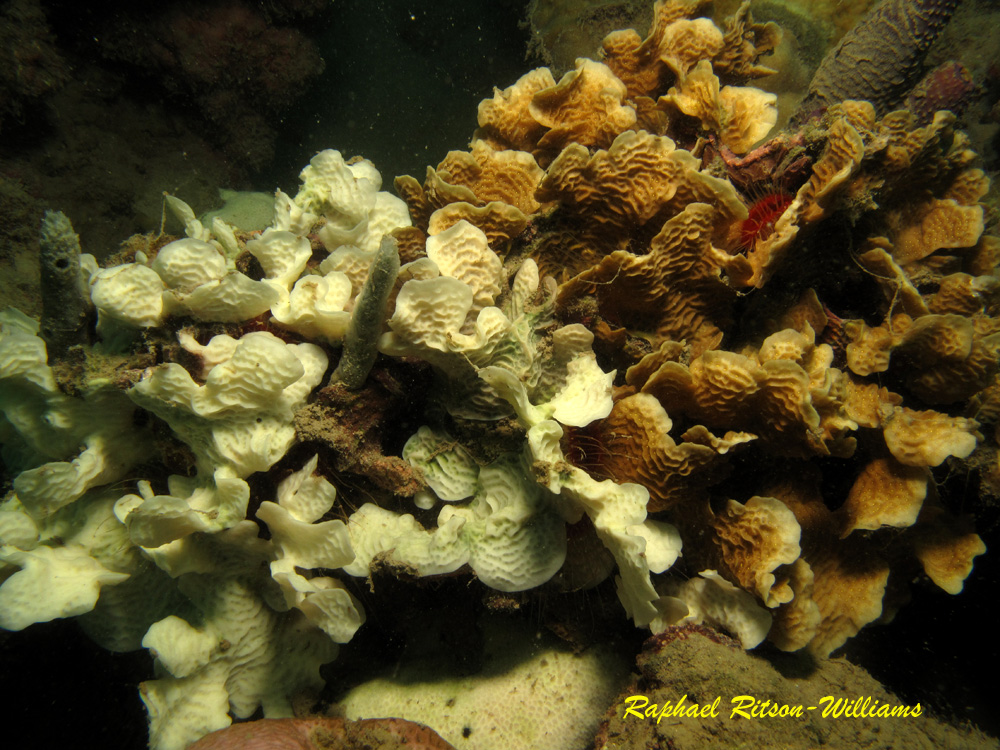
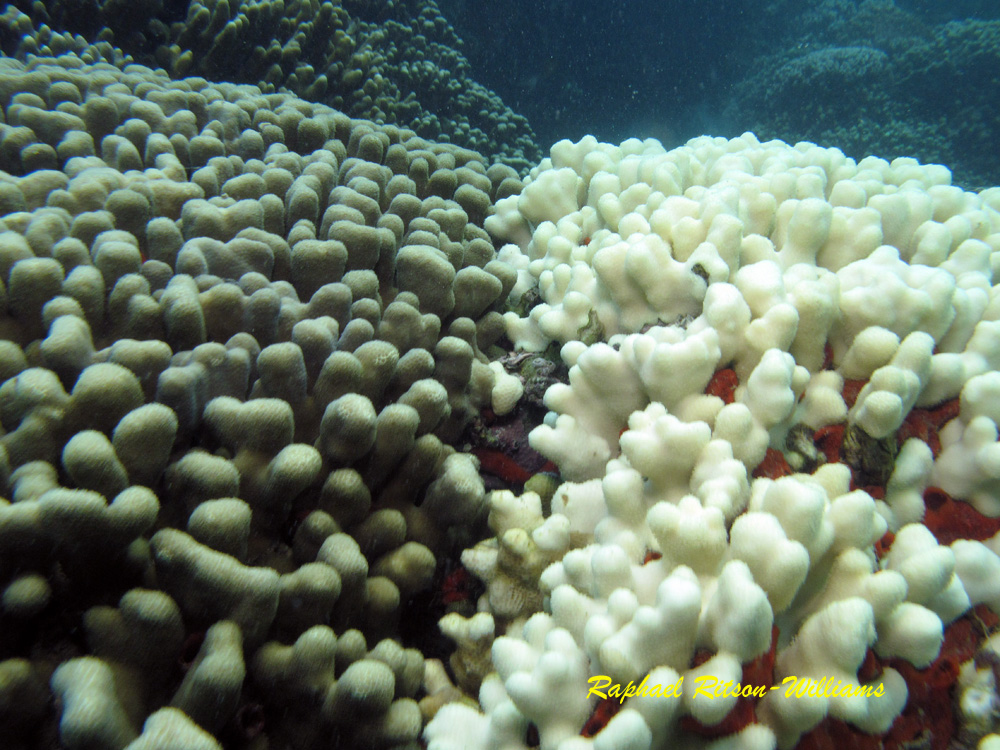
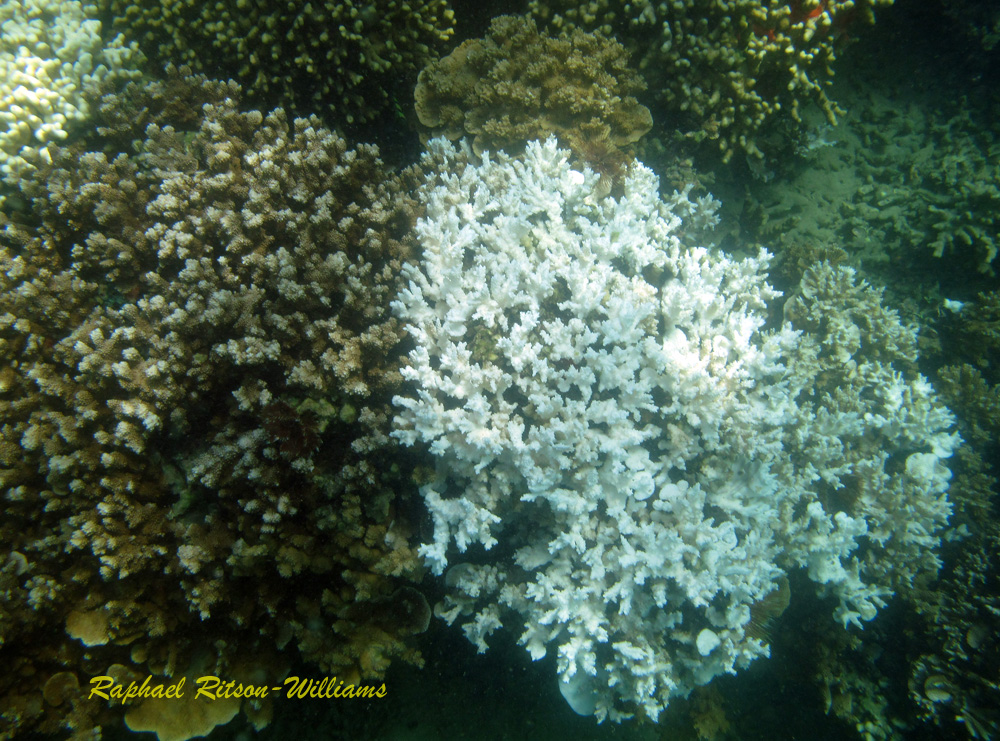
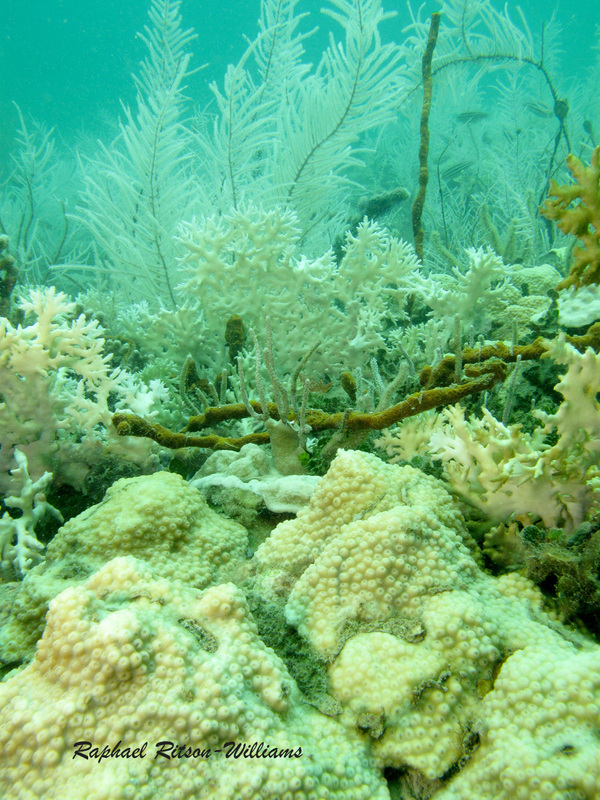
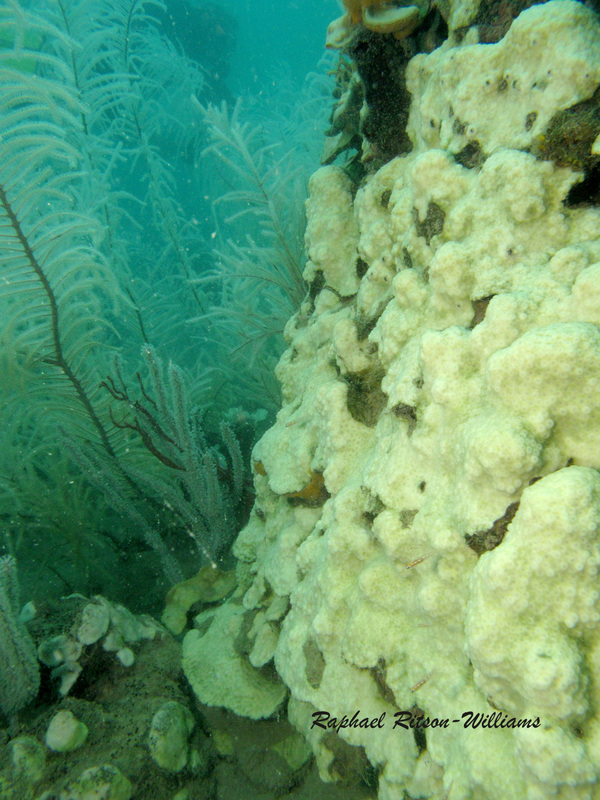
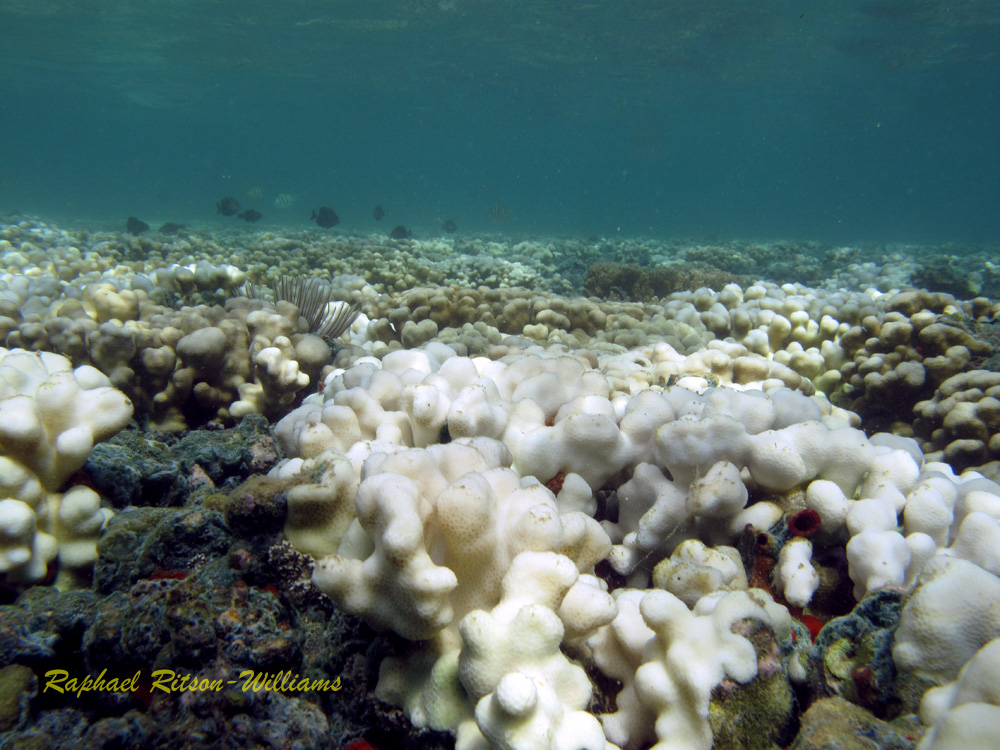
 RSS Feed
RSS Feed